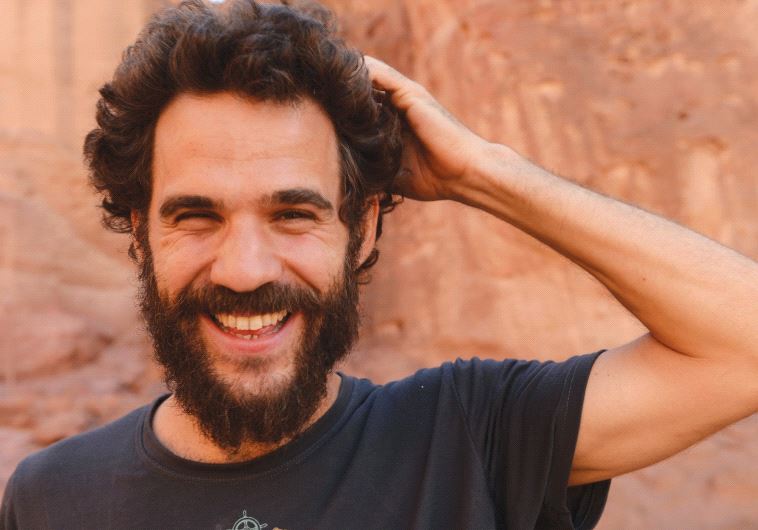Israeli creative force Kutiman: Thru the looking glass
Israeli musician and Internet sensation Kutiman’s new exhibition at the Tel Aviv Museum of Art showcases a full sensory experience.
 OPHIR KUTIEL, aka Kutiman, has grown into one of the world’s most acclaimed YouTube musicians.(photo credit: HAIM YAFIM)ByARIEL DOMINIQUE HENDELMAN
OPHIR KUTIEL, aka Kutiman, has grown into one of the world’s most acclaimed YouTube musicians.(photo credit: HAIM YAFIM)ByARIEL DOMINIQUE HENDELMAN